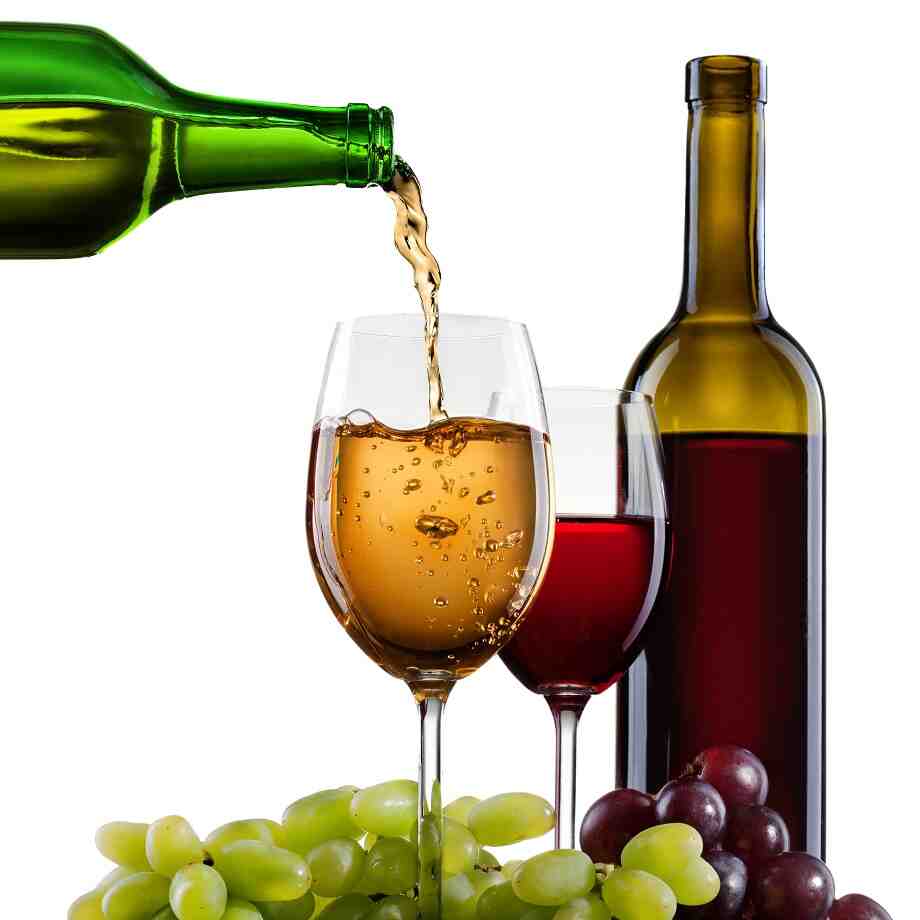How to Properly Taste and Evaluate Wine
Tasting wine isn’t just about sipping and enjoying; it’s an art form that involves engaging your senses to understand a wine’s complexity, character, and quality. Whether you’re a seasoned connoisseur or a casual wine drinker, knowing how to properly taste and evaluate wine can deepen your appreciation and enhance your overall experience. In this guide, we’ll break down the steps involved in tasting wine, from the initial observation to the final judgment.
Step 1: Prepare for the Tasting
Before you even open the bottle, setting the stage for a proper wine tasting is important. Here’s how to get ready:
- Choose the Right Glass: Use a clean glass with a bowl that allows you to swirl the wine without spilling. The glass should be clear and unblemished, as visual cues are an essential part of wine tasting.
- Serve the Wine at the Right Temperature: Wine should be served at the appropriate temperature to bring out its best flavors:
- Red wines: Typically served between 60°F and 65°F (15°C to 18°C).
- White wines: Usually served chilled, between 45°F and 55°F (7°C to 13°C).
- Sparkling wines: Best served cold, between 40°F and 50°F (4°C to 10°C).
- Dessert wines: Often served a bit cooler, around 50°F to 55°F (10°C to 13°C).
- Cleanse Your Palate: Before you begin tasting, cleanse your palate with water or a neutral snack, such as a plain cracker. Avoid strong-flavored foods, as they can interfere with your ability to fully taste the wine.
Step 2: Observe the Wine (Look)
The first step in evaluating wine is using your eyes. The visual appearance of the wine can tell you a lot about its age, type, and clarity.
- Color: Hold the glass at a slight angle against a white background (like a napkin or tablecloth) to assess the wine’s color. The color can give you clues about its age and style:
- Red wines: Young reds typically have a deep purple or ruby color, while older reds can range from garnet to brick red, depending on how long they’ve aged.
- White wines: Young white wines can be pale yellow or greenish, while older whites may appear golden or amber.
- Clarity: The wine should be clear, not cloudy or hazy. Any cloudiness could indicate a fault or improper handling.
- Viscosity (Legs): Swirl the wine gently in the glass and observe the legs or tears that form on the inside of the glass. The more viscous (thicker) the wine, the slower the legs will fall. This is often an indicator of the wine’s alcohol content and sugar levels. High alcohol or sugar content wines tend to have slower-moving legs.
Step 3: Smell the Wine (Smell)
The aroma is one of the most important aspects of wine tasting, as it significantly influences the overall experience. Your sense of smell accounts for much of what you perceive as taste, so this step is key.
- Take a Deep Sniff: Hold the glass at the base and take a gentle sniff. Try to identify primary, secondary, and tertiary aromas:
- Primary aromas: These come from the grape itself, including fruity scents like apple, citrus, berry, or tropical fruits.
- Secondary aromas: These aromas come from the winemaking process, such as yeast (in sparkling wines) or buttery notes from malolactic fermentation.
- Tertiary aromas: These come from aging, either in oak barrels or the bottle. These can include earthy, smoky, nutty, or leather-like scents.
- Assess the Intensity and Complexity: Pay attention to how intense the aromas are. A high-quality wine will often have complex and layered aromas, while a simpler wine may have a more straightforward, single-note scent.
- Note Any Off-Odors: If the wine smells unpleasant or off-putting, it could indicate a fault, such as cork taint (which smells like wet cardboard) or oxidation (which may smell like vinegar or sherry).
Step 4: Taste the Wine (Taste)
Now, it’s time to sip and evaluate the wine’s flavor and structure. Take a small sip and let the wine coat your mouth.
- Sweetness: Taste for the level of sweetness. Is it dry, off-dry, sweet, or very sweet? A dry wine has little to no residual sugar, while sweeter wines may have a noticeable sweetness that comes from higher sugar content, like Riesling or Moscato.
- Acidity: Acidity adds freshness and liveliness to the wine. Wines with high acidity, such as Sauvignon Blanc or Champagne, will feel crisp and zesty, while wines with lower acidity, like some Chardonnays, may feel rounder and softer.
- Tannins (for Red Wines): Tannins come from grape skins, seeds, and stems, and they give red wines structure and astringency. Wines like Cabernet Sauvignon or Syrah tend to have higher tannins, which may feel dry or puckering on the palate. A good wine should balance tannins with fruit and acidity.
- Alcohol: The alcohol content of the wine can be sensed on the palate as warmth. A wine with higher alcohol content may feel more warming, while a lower-alcohol wine might feel more refreshing.
- Flavor Profile: As you taste the wine, try to identify its flavors. These can include fruit, floral, herbaceous, earthy, or spicy notes. Quality wines will often have a harmonious balance of flavors, while lesser-quality wines may have a more one-dimensional taste.
- Body: Body refers to the weight or fullness of the wine in your mouth. A light-bodied wine, like Pinot Noir, feels delicate, while a full-bodied wine, such as Cabernet Sauvignon, feels richer and more substantial.
Step 5: Evaluate the Finish (Finish)
The finish refers to how the wine feels and tastes after you swallow. A good wine will leave a lasting impression, while a poor wine may have a quick or unpleasant finish.
- Length: How long do the flavors linger after swallowing? Wines with a long finish are often considered higher quality, as they leave a lasting impression on the palate. Shorter finishes may indicate a simpler or lower-quality wine.
- Balance: Consider how well the different components—acidity, sweetness, tannins, alcohol, and flavor—are integrated. A well-balanced wine will feel harmonious, with none of these elements overpowering the others.
Step 6: Make Your Judgment
After tasting, it’s time to make your overall assessment. Here are some key questions to consider:
- Is the wine well-balanced?: A high-quality wine should have a good balance of acidity, sweetness, tannins, and alcohol.
- Is the wine complex?: Complexity refers to how many different flavors and aromas the wine offers. The more layers, the more interesting and sophisticated the wine.
- Is the wine in harmony?: A wine that is harmonious will have its elements working together, without any single element overwhelming the others.
- Is the wine enjoyable?: Ultimately, the most important question is whether you like the wine. Your personal preferences and enjoyment should guide your final evaluation.
Step 7: Take Notes
If you’re tasting multiple wines or are trying to remember specific characteristics, it can be helpful to take notes. Keep a journal or use an app to record the wine’s name, vintage, region, and your impressions of the color, aroma, taste, and finish.
Conclusion
Properly tasting and evaluating wine involves more than just sipping—it’s about engaging all of your senses and being mindful of the wine’s complexities. By following these steps—observing the wine, smelling it, tasting it, evaluating the finish, and making your judgment—you can gain a deeper understanding and appreciation of each bottle you try. Wine tasting is a personal experience, and the more you practice, the better you’ll become at identifying the subtle differences between wines and refining your palate. Cheers to your wine-tasting journey!











